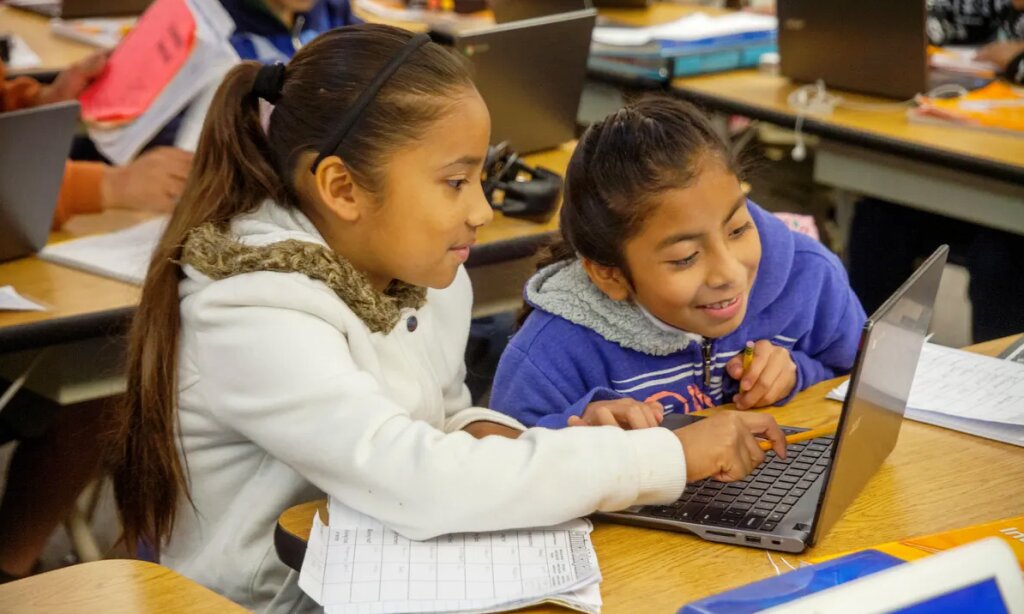
The multifaceted nature of media literacy encompasses not just fact-checking but the ability to discern falsified data, identify fake news, and foster responsible internet content creation. This comprehensive approach aims to equip students with the tools needed to navigate the complex digital landscape.
With the surge in mental health concerns among the youth linked to the digital era, the US surgeon general has advocated for digital and media literacy as a pivotal strategy. Recognizing the impact of online activities on real-world outcomes, assembly member Marc Berman, the driving force behind the bill, emphasizes the need to address these issues. “Exactly what happens online may result in some of the most frightening of real-world impacts,” he warns.
The legislation is designed to cultivate responsible digital citizens who are intentional about their online presence, understanding the nuances of online safety and privacy. This move reflects a proactive response to the evolving challenges of the digital age and underscores the importance of preparing the next generation for a media-saturated world.
While California has been gradually integrating media literacy into education over the past decade, the new bill marks a significant leap forward. Unlike previous laws, it goes beyond mere suggestions, explicitly mandating the incorporation of media and digital literacy lessons into existing core subjects, making it a fundamental life skill.
This move has garnered widespread bipartisan support, reflecting a consensus on the urgency of teaching these skills. Erin McNeill, founder and CEO of Media Literacy Now, underscores the critical nature of this education, stating, “There is recognition from both sides that this really is essential.”
However, concerns about implementation persist. The bill’s vagueness raises questions about its effectiveness, and issues of unequal resources across the state pose challenges for uniform implementation. Despite these hurdles, research suggests that early and consistent media literacy education is effective, especially in an era where digital fact-checking is a necessary skill.
Stanford University’s Professor Sam Wineburg stresses the need for explicit instruction in media literacy, emphasizing the joy students derive from understanding the workings behind the digital curtain. Chris Albeck, the director of curriculum and instruction at Berkeley Unified School District, sees teaching media literacy as addressing the current moment, acknowledging that students need guidance in navigating the digital world responsibly.
As the conversation around media literacy gains prominence, the success of California’s legislation lies not just in its passage but in effective communication, collaboration with stakeholders, and ongoing monitoring. With the specter of the next election cycle looming, the urgency surrounding media literacy education has never been more palpable, according to education researcher Alice Huguet.

